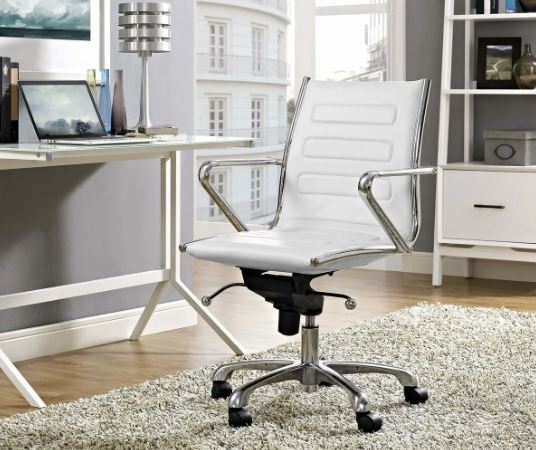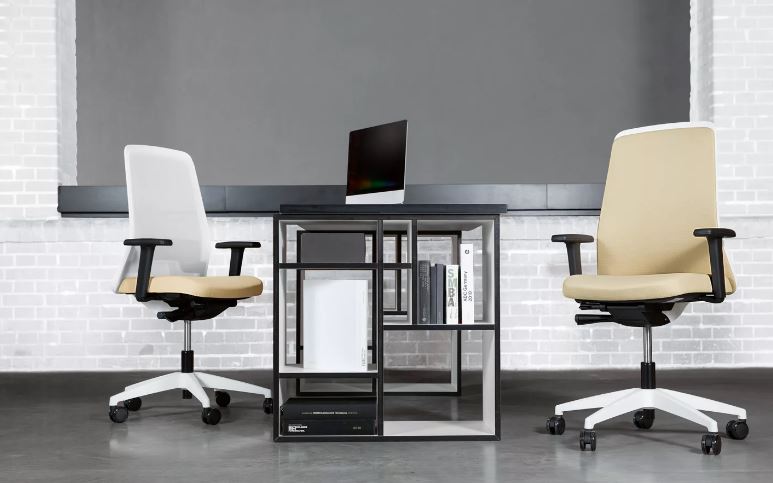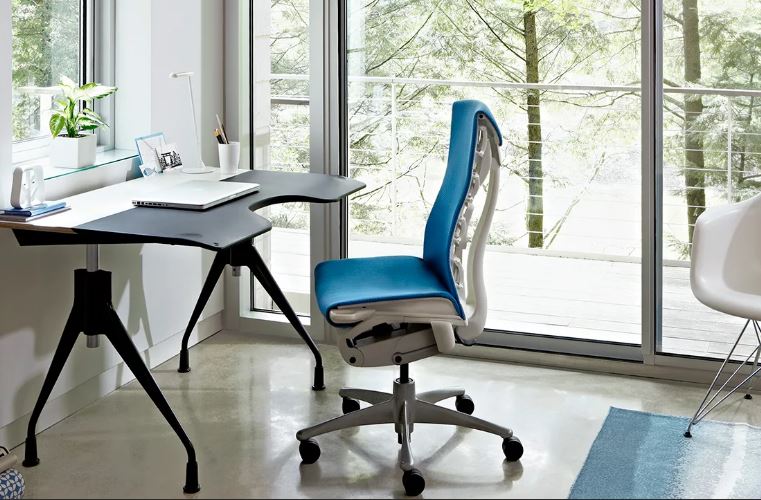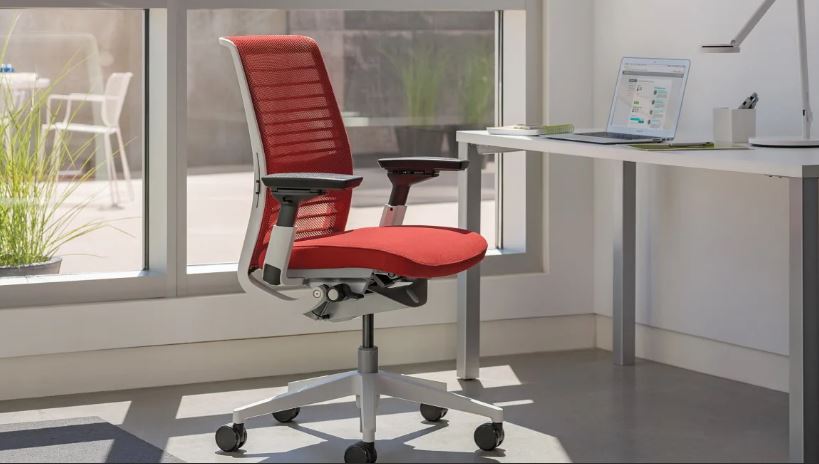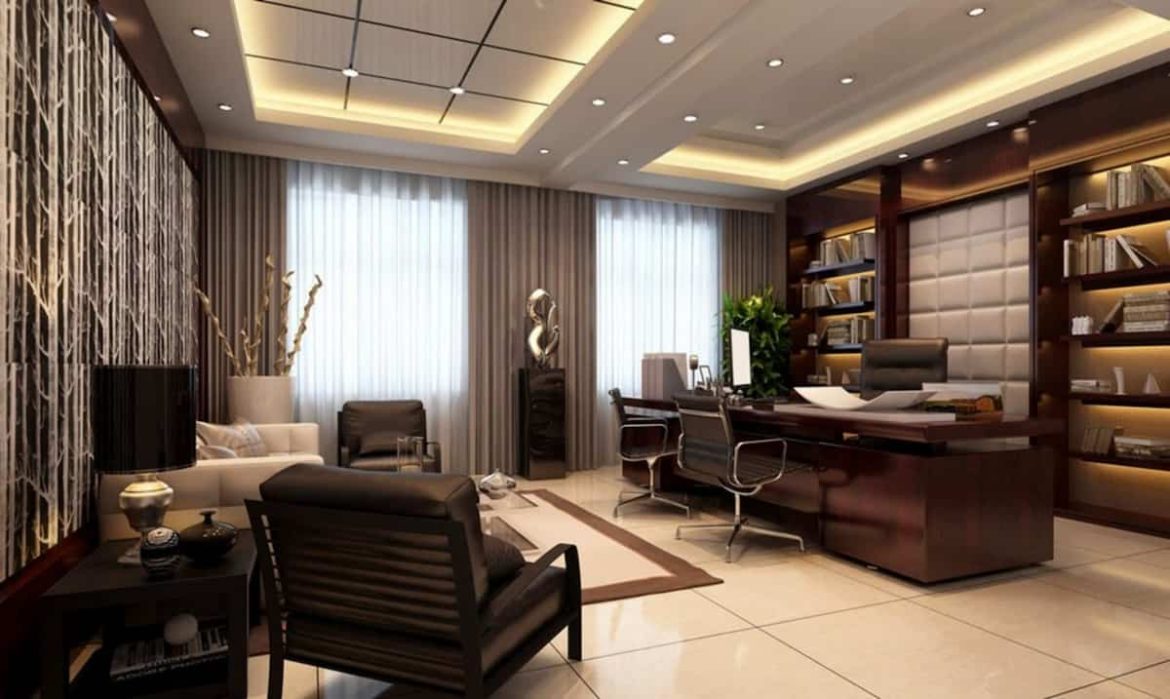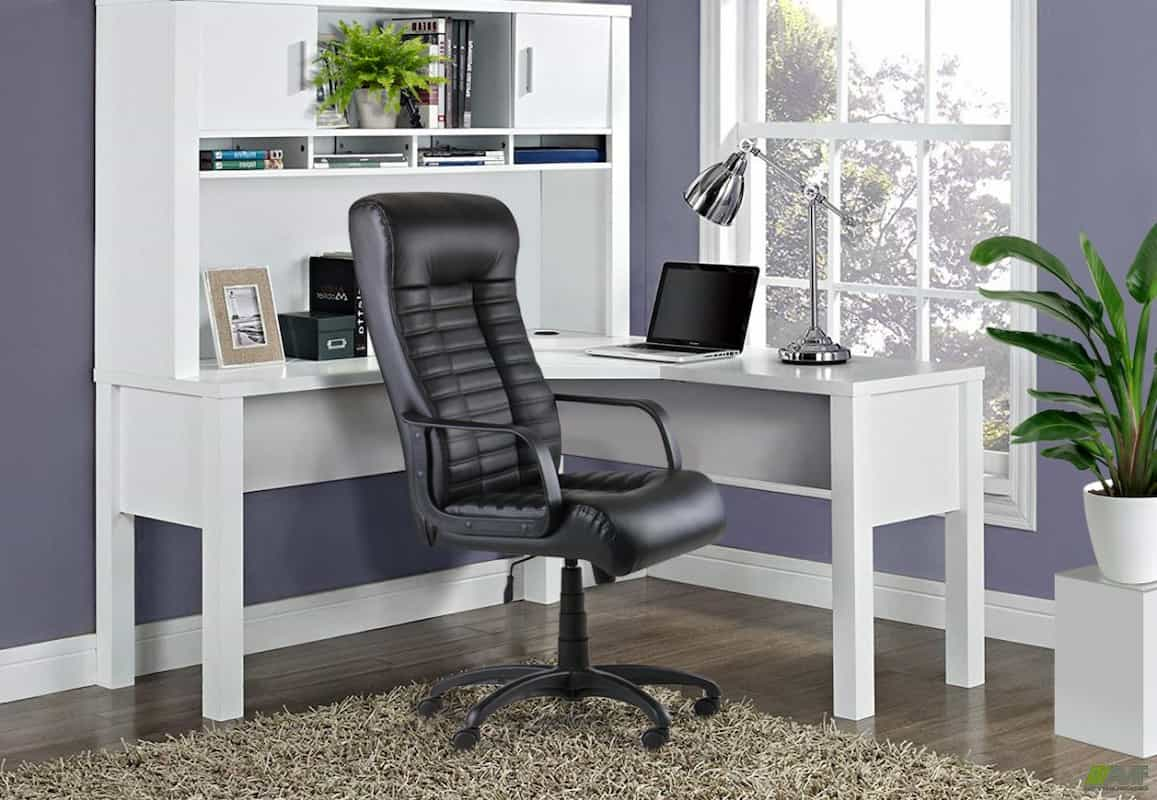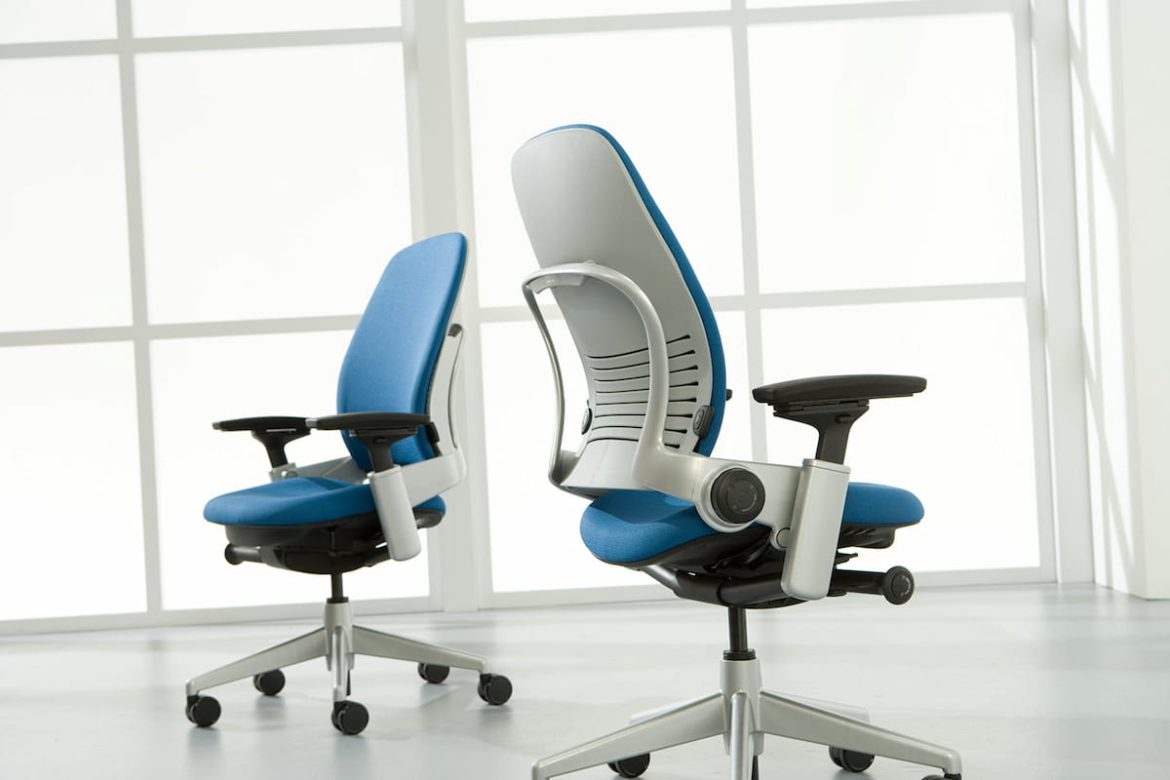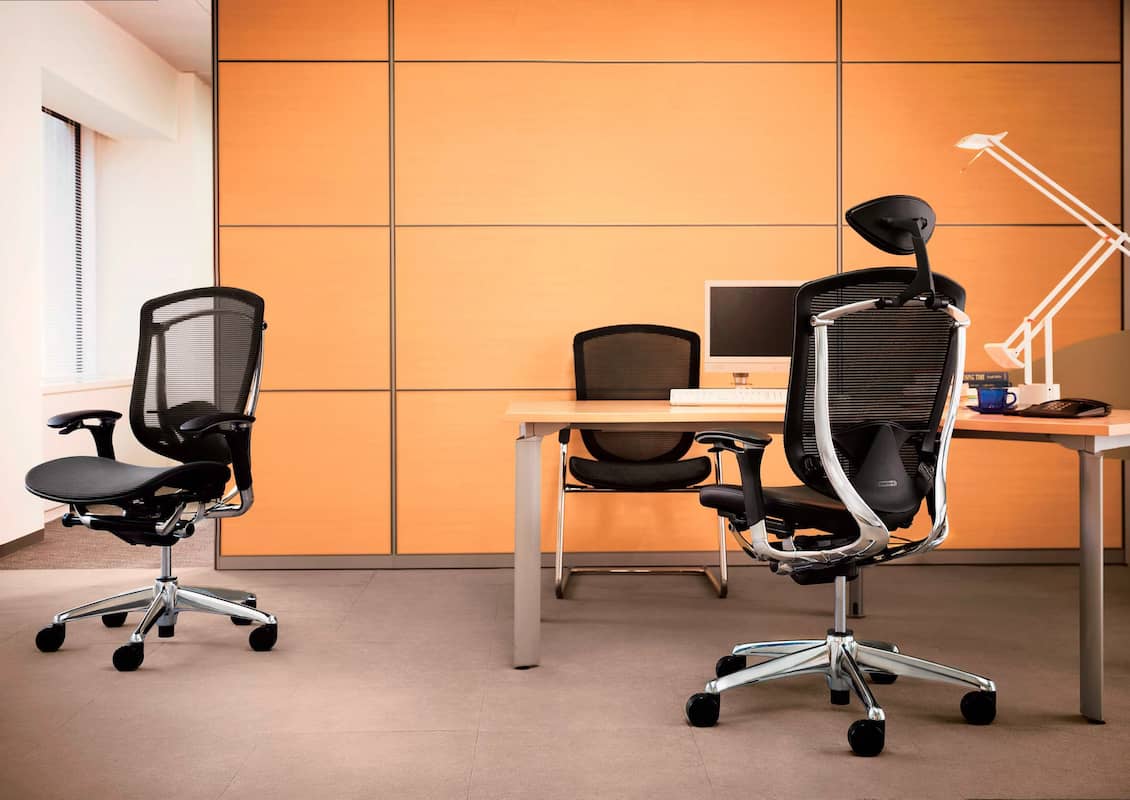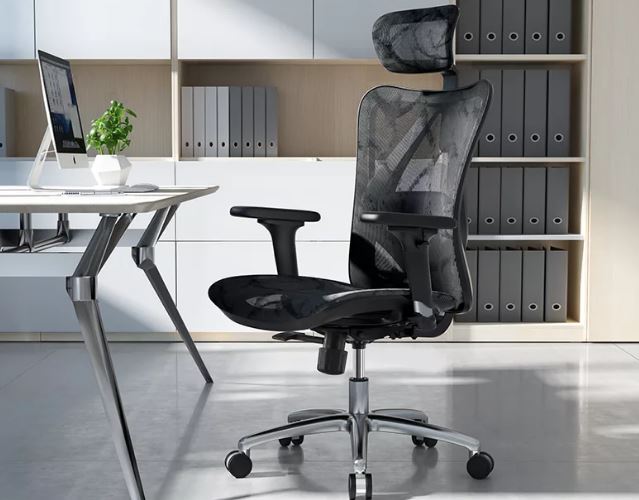indeco sales school furniture online. But before purchasing you have to know that good furniture can create learning environments. The ergonomic furniture also promotes comfort for students. But some places have this product at a high price.
Due to the country, brands, labor force, and other factors. So before going through the bulk purchase you have to consider all these points to get quality products at the best prices.
In the United States, Indeco is the largest independent K-12 distributor, and the company is partnered with the leading educational furniture and office furniture manufacturers in North America.
Customers of Indeco receive numerous benefits, including access to the industry’s finest goods, warranties on which they can rely, and dependable customer support.
It is essential, when constructing a new school, to design a structure that not only satisfies the academic requirements of today’s students, instructors, and administrators, but also is furnished with amenities that contribute to the accomplishment of the school’s goals.
The incorporation of active learning concepts into the design of learning environments is becoming increasingly popular in today’s schools since this instructional approach provides more adaptable settings to accommodate today’s students.
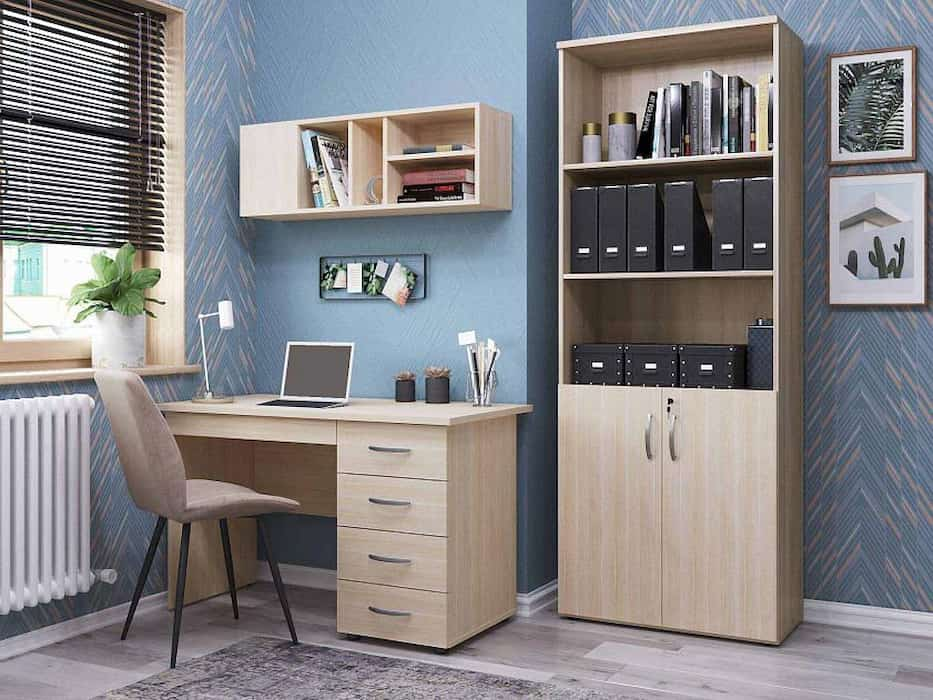
It is important that the design process for an active learning space includes a focus on student engagement. This focus can be achieved by incorporating modern, alternative seating and furniture alternatives into the design.
Outside of the standard desk-and-lectern classroom arrangement, there should be other possibilities for students to choose from in order for them to be actively involved in their own education.
Keeping this in mind, there are a few steps that school leaders and designers may take to create active learning spaces that are both successful and engaging. Learning Environments That Are Lively
Provide the children with a variety of sitting alternatives.
Take into consideration a wide range of contemporary, cutting-edge, and comfy solutions for your furniture. The room may be adapted to accommodate a variety of learning objectives through the rearrangement of flexible seating options.
Create a space for active learning in which students have the option of sitting on the floor, standing at desks or stools, or rocking back and forth on traditional tables and chairs.
This will allow them to concentrate on their studies without having to worry about being uncomfortable or distracted by the need to move their bodies.
To accommodate a wide range of students and their individual learning styles, the selection of chairs and other pieces of classroom furniture should take into account these factors.
Develop centers of learning.
Students are given the opportunity to work together on more difficult coursework and projects when an active learning environment is created using a learning hub as one of the methods.
To foster engagement and learning in small groups, you can equip one of these rooms with a variety of presenting equipment (such as a TV or projector), seating arrangements of varying sorts and sizes, tables of varying shapes and dimensions, and other elements.
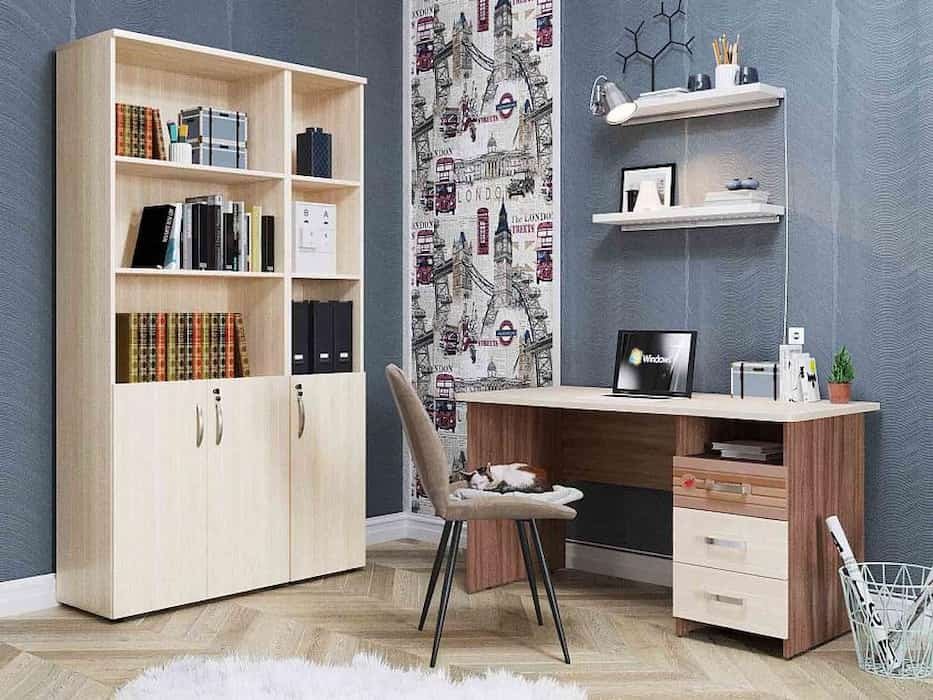
Clear some space for the upcoming special sessions.
For specific sessions, social-emotional learning groups, and other interventions, distinct, isolated places such as a learning hub can also be effective.
One-on-one or small group sessions can take place in these areas, which gives privacy and an absence of distractions. For instance, a therapist who is working with a student can enjoy complete privacy in this learning area, yet at the same time, the space can also be utilized for other learning requirements when it is required.
The atmosphere that is created in a classroom can be greatly influenced by the furnishings and accessories that are chosen for the space.
Children are especially sensitive to their environments and can get disinterested in something in a second; therefore, it is essential to capture their attention immediately and create an environment that is engaging and conducive to learning.
It is vital that the furniture that occupies these spaces be properly suited to its purpose, producing an area that will encourage productivity and maximize potential because classrooms have the benefit of being blank canvases, empty areas in which to firmly stamp an impression.
What form should it take?
The appearance of the piece of furniture will be the primary consideration when selecting which pieces to include in the room.
Is it artistically attuned to its surroundings? Does it go together with the overall aesthetic and mission of the rest of the school? Because maintaining continuity is so crucial, you should make sure that any new pieces of furniture you buy are compatible with the ones you already have.

If money is tight and it is not possible to redecorate the entire school, you might want to think about redecorating the different areas of the school one at a time, replacing old furniture with new pieces that go well with the ones that are already there.
How does it feel?
For instance, children are more in tune with their senses than adults are. The idea that furniture that is responsive to touch can subconsciously boost a person’s brain capacity for learning is supported by research.
[Citation needed] This must be combined with the necessity for surfaces that are hard-wearing and long-lasting; hence, the material selection for particular pieces of furniture is of the utmost importance. It is necessary that it be pleasant to use and fulfill a variety of requirements.
Each individual piece of furniture should be a pleasant place to spend time, whether it is designed for younger children who are testing the boundaries of their early artistic creativity or for older students who are sitting and studying for longer periods of time. This is true regardless of who will be using the furniture.
What is the price tag attached to it?
Because of the ever-increasing pressure on school budgets, there is frequently a need to make concessions within the educational setting. School furniture has a tendency to fall further and further down the priority list for individuals who do not have an adequate understanding of the influence that efficient classroom design may have.
It is essential to purchasing things of high quality whenever possible, regardless of how the finances are allocated. Items that have the poor build quality and design will not last very long when subjected to the severe demands of day-to-day school life. The old saying “buy cheap, buy twice” has never been more relevant than it is in a school context.
The purchase of new furniture is only one aspect of outfitting a new classroom.
Redesigning a teaching space presents a once-in-a-lifetime opportunity to entirely revamp the method in which students engage in academic pursuits. The temptation is to simply replace the current furniture with new pieces that are identical to the ones that were removed. If you do this, though, you will be passing up a chance for complete metamorphosis.
Consider carefully whatever aspects of the environment are now functioning well, and don’t be hesitant to adjust those aspects that could be improved by making adjustments that may appear to be quite significant.
Try to think of solutions that haven’t been thought of before, and create a learning environment that maximizes the influence on all parties involved.
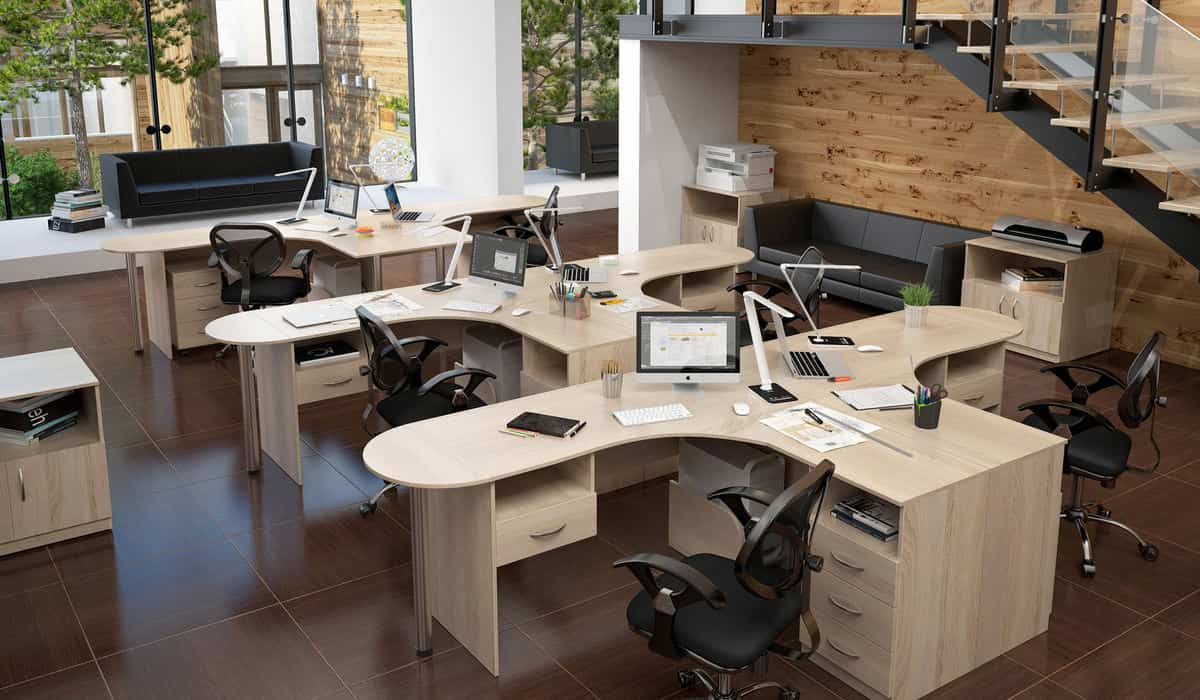
Renovating a classroom can serve as the catalyst for altering the culture of a whole school, giving educators the opportunity to steer students’ academic pursuits in creative and stimulating new directions.
When people walk into your classroom, the first thing that catches their attention is the furniture.
What kinds of household items do you have in your home? Is there adequate seating for the students? Do you have sufficient seating for everyone to sit comfortably and work together on their projects? This article on my blog will discuss the ways in which rearranging the furniture in your classroom may radically transform it from a place where kids go to study into a place where they desire to be.
Simply replacing your old, uncomfortable seats in the classroom with brand-new ones can completely change the feel of the space.
Imagine how much more attentive and engaged your pupils will be if they are given the opportunity to sit in chairs that are not only comfy but also ergonomically engineered to keep them focused on the subject at hand.
The significance of furnishings in schools
The learning process is greatly aided by having adequate furniture in the classroom. It has the potential to make a considerable impact on a student’s degree of comfort, posture, and support, all of which, among other things, have an effect on their ability to concentrate.
When it comes time for children to take a seat at school or complete any kind of work there, having school furniture such as desks is vital to their success; these items have a good impact on the student’s capacity to do both of these things.
You’ll be in the best possible position to succeed whether you’re putting in a lot of effort to study during class or you’re just wasting time outside since there’s nothing else that looks fascinating to do. The proper kind and the appropriate amount.
By putting more of an emphasis on the furniture used in schools, we have a fantastic opportunity to enhance the way in which we interact with our pupils.
The high, sit-stand and tilt tables are supplemental pieces of educational furniture that are appropriate for use in classrooms with students of any age, beginning with Key Stage One and continuing through graduation.
